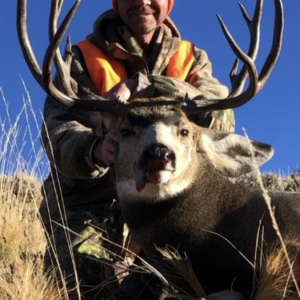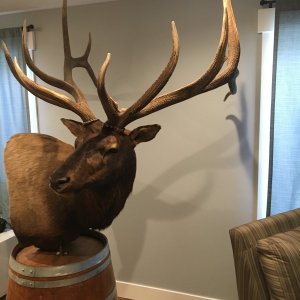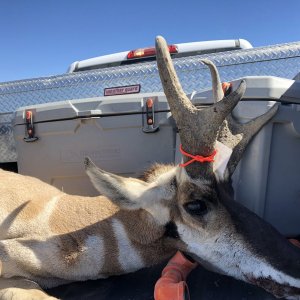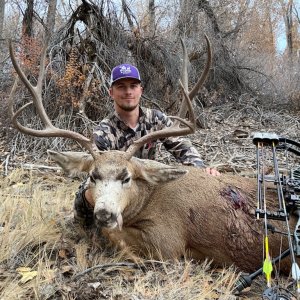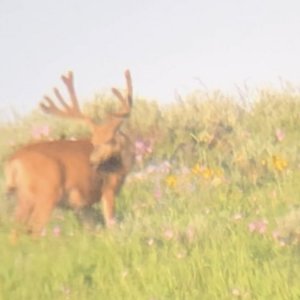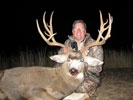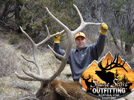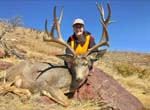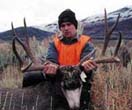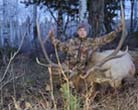stillhunterman
Active Member
- Messages
- 608
UNITED WILDLIFE COOPERATIVE
PRESS RELEASE
FOR IMMEDIATE RELEASE
Utah Department of Wildlife Resources To Cut 5000 Tags a Year Early
April 11, 2011, Salt Lake City, Utah- The Utah Department of Wildlife Resources announced today they will be making a recommendation to cut 5000 deer tags for the 2011 season in order to soften the impact of cutting approximately 13,000 deer tags in 2012 from Utah hunters. "We don't know for sure yet," says Anis Aoude, big game coordinator for the DWR, "but the board may decide to cut general season buck deer permits
by as many as 13,000 by 2012." UDWR officials indicated 2000 tags would be eliminated from the Southern Region, 1000 from the Southeastern Region, and 2000 from the Northeastern Region.
In response to the UDWR news release, the United Wildlife Cooperative announced it was extremely disappointed and concerned that UDWR officials are seeking to implement plans scheduled for 2012 a full year early, with virtually no public warning before the RAC meetings are scheduled to begin. The first RAC meeting will be held April 12, 2011 in Beaver. ?We understand that the division must comply with the mandates of the Wildlife Board,? says Tye Boulter, president of the UWC, ?but moving things ahead like this a full year before the cuts would have taken place is a hard pill to swallow. There are going to be an awful lot of angry deer hunters when this news gets out.? The UDWR has made it clear on several occasions that raising the buck to doe ratio?s from 15 to 18 bucks per 100 does will not help grow Utah?s deer herd, and that the new ratio is the primary reason the UDWR is cutting tags, per the Wildlife Board?s decision the end of 2010. Additional information can be accessed via the UDWR website, www.wildlife.utah.gov/dwr/news/
With 5000 tags planned to be taken from Utah hunters this year, the UWC strongly urges hunters to attend their local RAC meeting, and voice their concerns over losing more tags yet again over social issues and not biological ones. The UWC is a grass roots non profit organization formed earlier this year in an effort to bring representation to the every day sportsmen and sportswomen who represent a majority of hunters in the state. Additional information about the United Wildlife Cooperative can be obtained through their website at www.unitedwildlifecooperative.org . Inquiries may be sent via email to [email protected]
PRESS RELEASE
FOR IMMEDIATE RELEASE
Utah Department of Wildlife Resources To Cut 5000 Tags a Year Early
April 11, 2011, Salt Lake City, Utah- The Utah Department of Wildlife Resources announced today they will be making a recommendation to cut 5000 deer tags for the 2011 season in order to soften the impact of cutting approximately 13,000 deer tags in 2012 from Utah hunters. "We don't know for sure yet," says Anis Aoude, big game coordinator for the DWR, "but the board may decide to cut general season buck deer permits
by as many as 13,000 by 2012." UDWR officials indicated 2000 tags would be eliminated from the Southern Region, 1000 from the Southeastern Region, and 2000 from the Northeastern Region.
In response to the UDWR news release, the United Wildlife Cooperative announced it was extremely disappointed and concerned that UDWR officials are seeking to implement plans scheduled for 2012 a full year early, with virtually no public warning before the RAC meetings are scheduled to begin. The first RAC meeting will be held April 12, 2011 in Beaver. ?We understand that the division must comply with the mandates of the Wildlife Board,? says Tye Boulter, president of the UWC, ?but moving things ahead like this a full year before the cuts would have taken place is a hard pill to swallow. There are going to be an awful lot of angry deer hunters when this news gets out.? The UDWR has made it clear on several occasions that raising the buck to doe ratio?s from 15 to 18 bucks per 100 does will not help grow Utah?s deer herd, and that the new ratio is the primary reason the UDWR is cutting tags, per the Wildlife Board?s decision the end of 2010. Additional information can be accessed via the UDWR website, www.wildlife.utah.gov/dwr/news/
With 5000 tags planned to be taken from Utah hunters this year, the UWC strongly urges hunters to attend their local RAC meeting, and voice their concerns over losing more tags yet again over social issues and not biological ones. The UWC is a grass roots non profit organization formed earlier this year in an effort to bring representation to the every day sportsmen and sportswomen who represent a majority of hunters in the state. Additional information about the United Wildlife Cooperative can be obtained through their website at www.unitedwildlifecooperative.org . Inquiries may be sent via email to [email protected]


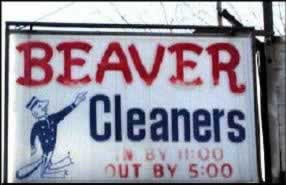




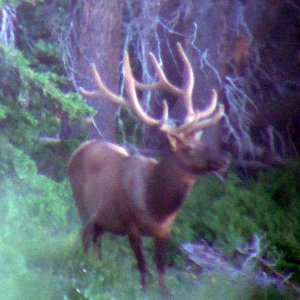
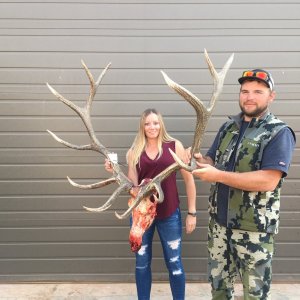
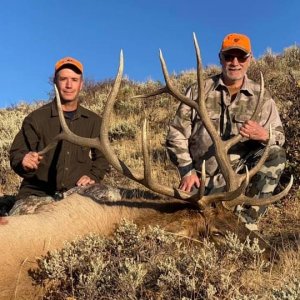
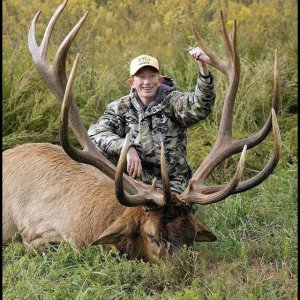
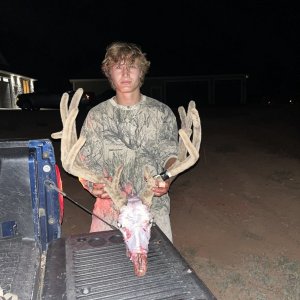
![IMG_2768[2].JPG](/xf/data/xfmg/thumbnail/5/5112-136aec515df69c25c6644178539a4edf.jpg?1614230121)
